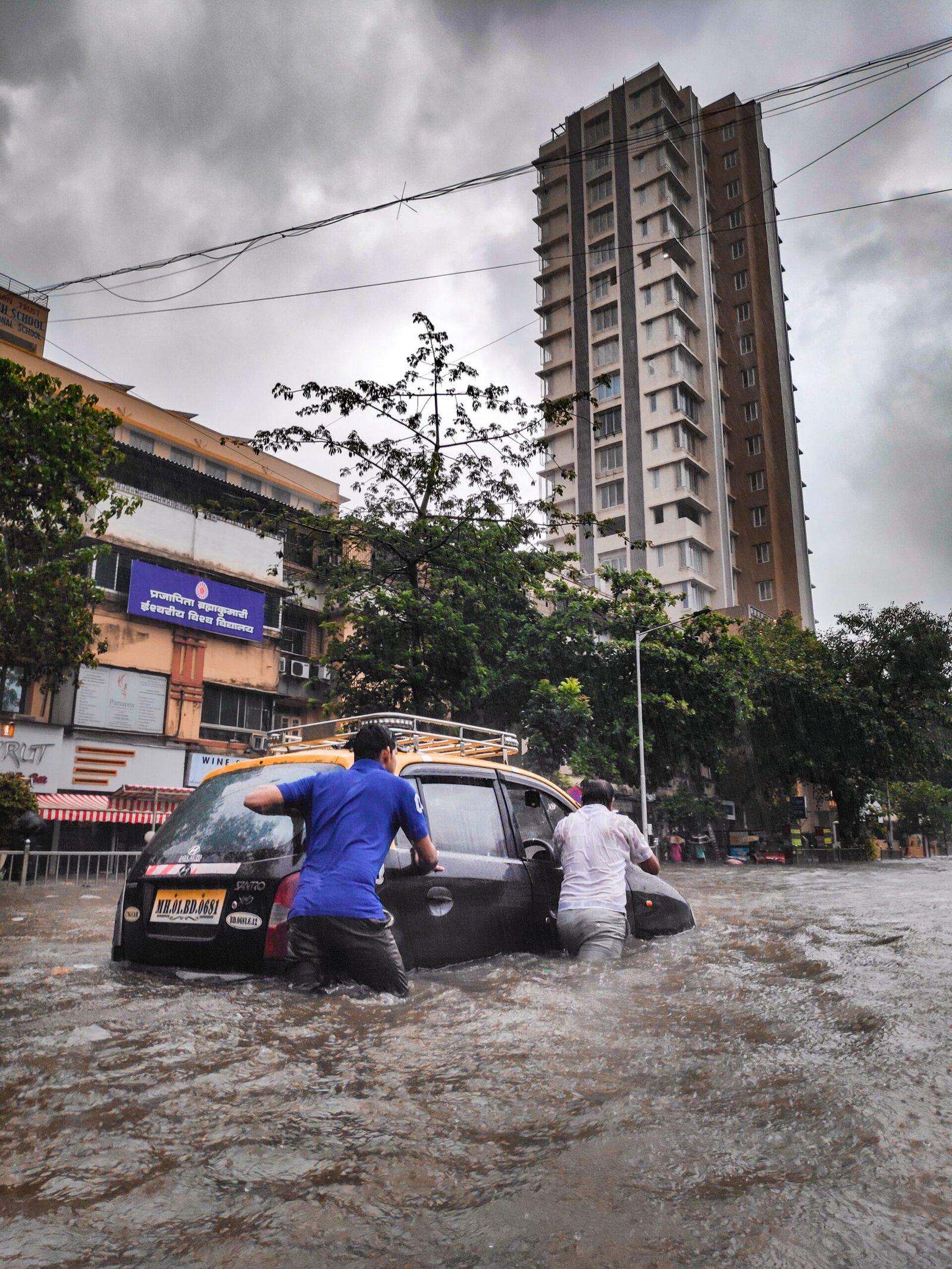The recent typhoon Doksuri, one of the most powerful storms to hit China in recent years, has thrown the country’s disaster-response systems into overdrive, with dangerous swollen rivers and citizens stranded in flooded cities. The record-breaking rainfall, which may not recede for several weeks, is posing unprecedented challenges to the Chinese authorities.
Earlier this week, the typhoon pummelled northern China with excessive rainfall, shattering Beijing’s 140-year old rainfall record. Notably, the province of Hebei, one of China’s most populous regions, saw a year’s worth of rainfall in just a matter of days.
As Doksuri’s final showers drift into the northeastern border provinces, an area roughly the size of Great Britain is left grappling with the storm’s destructive aftermath. The authorities are now racing against the clock to safely discharge the overflowing water from reservoirs and rescue the tens of thousands of people trapped in their homes.
By Thursday, over 1.2 million people from Hebei alone had been evacuated. The downpour in Hebei was so severe that the volume of rain exceeded the storage capacity of its large and medium-sized reservoirs more than twice over, as per state media reports.
The Hai River Basin, where five rivers converge, and which encompasses Hebei and Beijing, is currently undergoing a “flood evolution process.” The region’s flood-control engineering systems are facing the “most severe test” since the devastating floods of 1996, according to state media. The 1996 floods in the Yangtze River Basin resulted in the loss of approximately 2,800 lives, destroyed millions of homes, and submerged large tracts of agricultural land.
In response to the current crisis, Hebei authorities have escalated their natural disaster emergency response level. Simultaneously, Beijing continues to maintain a landslide warning for its outskirts. According to a water resources department official, it could take up to a month for the floodwaters to recede in Hebei. The city of Zhuozhou has been hardest hit, with about a sixth of its population, or 100,000 people, being evacuated.
China, with its rapid urbanization creating sprawling metropolises that replace floodplains with concrete, has long been cognizant of the urban waterlogging risks. However, the increasing instances of extreme weather due to global warming exacerbate these concerns. China’s national forecaster warned that rainfall in the northeastern provinces could potentially be as much as 50% higher than average in August.
Zhuozhou, particularly the township of Matou, has been severely affected. Roads have transformed into rivers, power and drinking water supplies have been disrupted, mobile phone signals are non-existent, and many residents are trapped in their homes.
Rescue operations in Matou have been challenging. Rescuers in rubber rafts and boats navigated the waterlogged streets, stopping to belay trapped residents from high-rise buildings. Some were transported to safety using large forklifts, as state broadcasters reported.
However, despite the severity of the situation, some social media users are growing increasingly frustrated. “Is there no way to discharge the water now? The water is not receding and the rescue efficiency is too low,” one user stated, expressing concern that some areas in Zhuozhou are submerged under six meters of water. They further argued that the issue is not the heavy rains per se, but rather, the inability to effectively manage flood discharge.
The city’s rescue efforts are complicated further by logistical issues. City and emergency management officials have ceased accepting new rescue teams from other areas, citing concerns over safety due to over-crowded access routes and a lack of coordination. Furthermore, state media reported that rescuers from around China have been eager to assist with Zhuozhou’s flood relief efforts but are often unable to obtain the necessary approval from officials to operate on the ground.
The situation in northern China, while grim, has galvanized a nationwide response. Nonetheless, it underlines the urgent need for improved disaster management systems and highlights the looming threat of climate change. The nation, along with the rest of the world, must reevaluate its disaster response protocols and infrastructure to safeguard against similar weather events in the future.Typhoon Doksuri serves as a wake-up call to the realities of our changing world. As countries strive to build resilient cities and towns, it is crucial to integrate climate change considerations into urban planning and disaster risk management. In this era of rising global temperatures and unpredictable weather, a comprehensive and coordinated response to natural disasters has become a necessity rather than an option.
Finally, the story of the typhoon and its aftermath illustrates the crucial role that robust communication and coordination between all stakeholders, including government agencies, emergency response teams, and the general public, can play in mitigating the impact of natural disasters. The significant challenges posed by extreme weather events necessitate that nations and communities alike are equipped and prepared to respond effectively, efficiently, and with empathy.
Read More:
